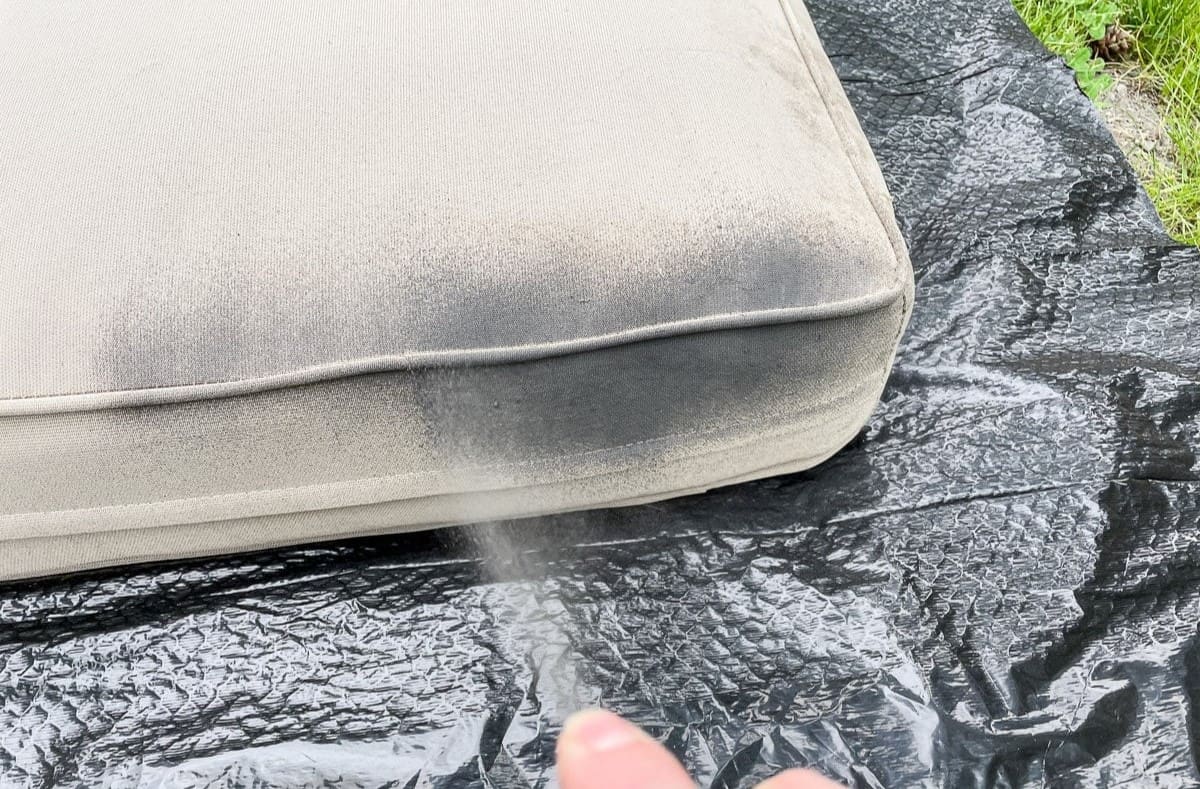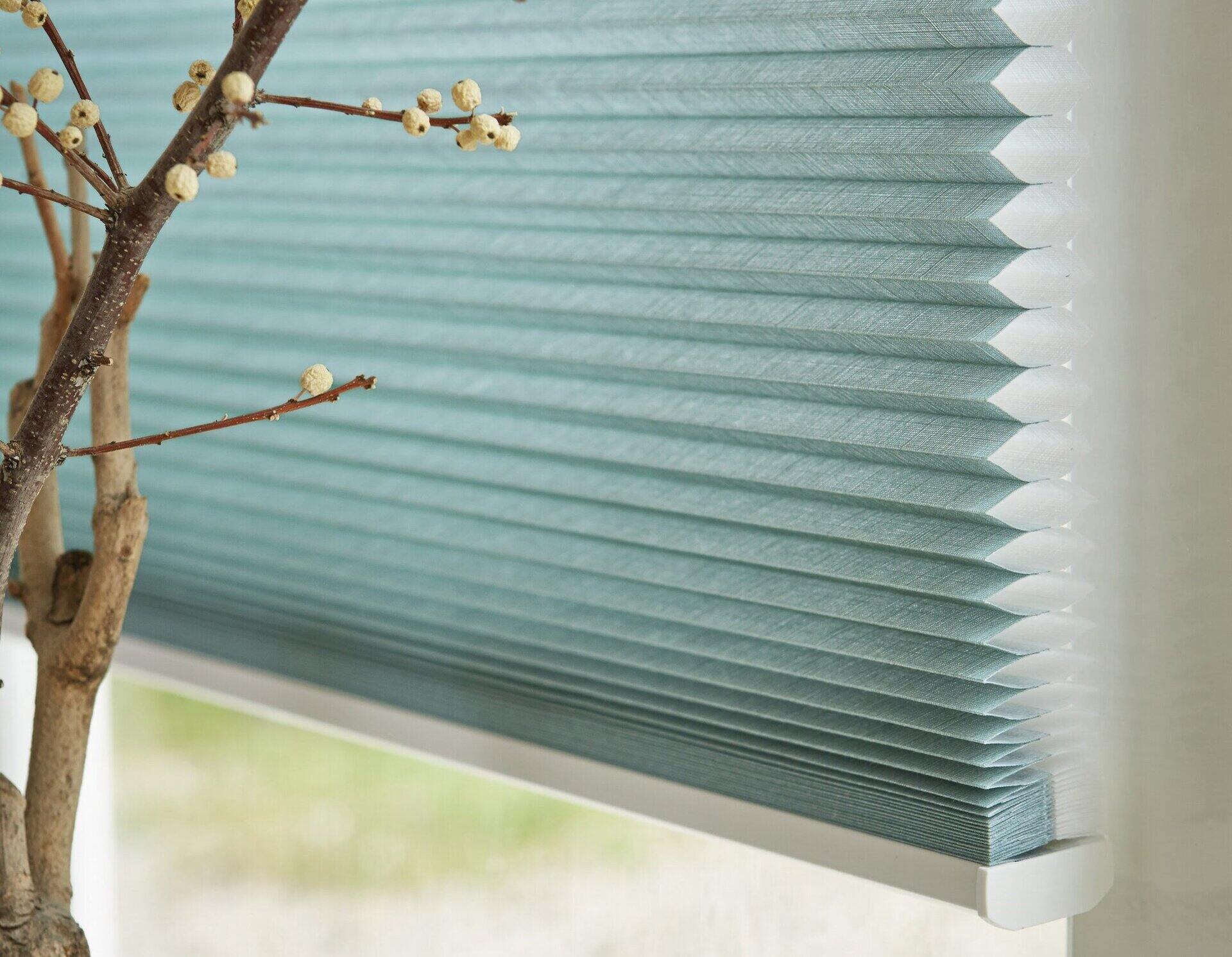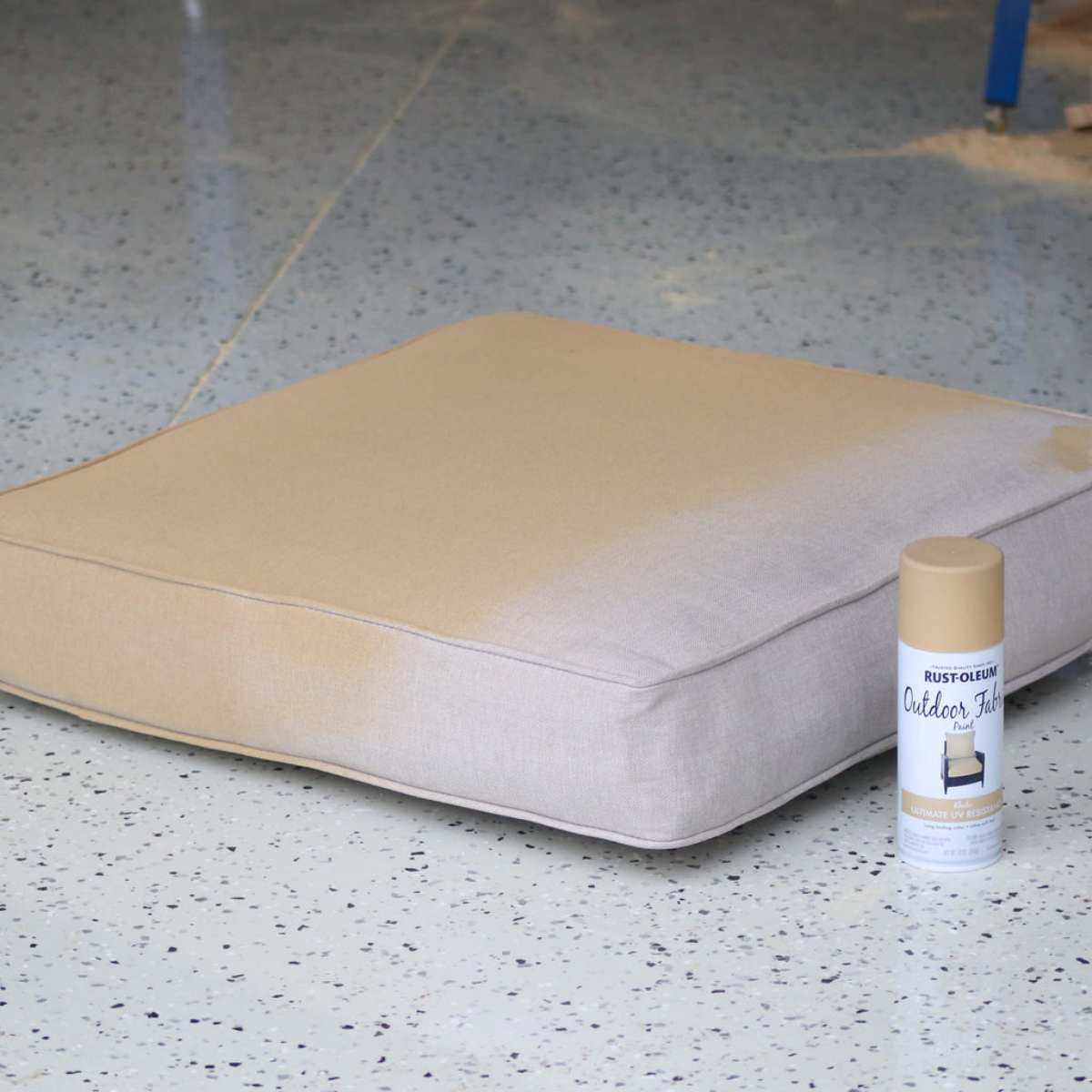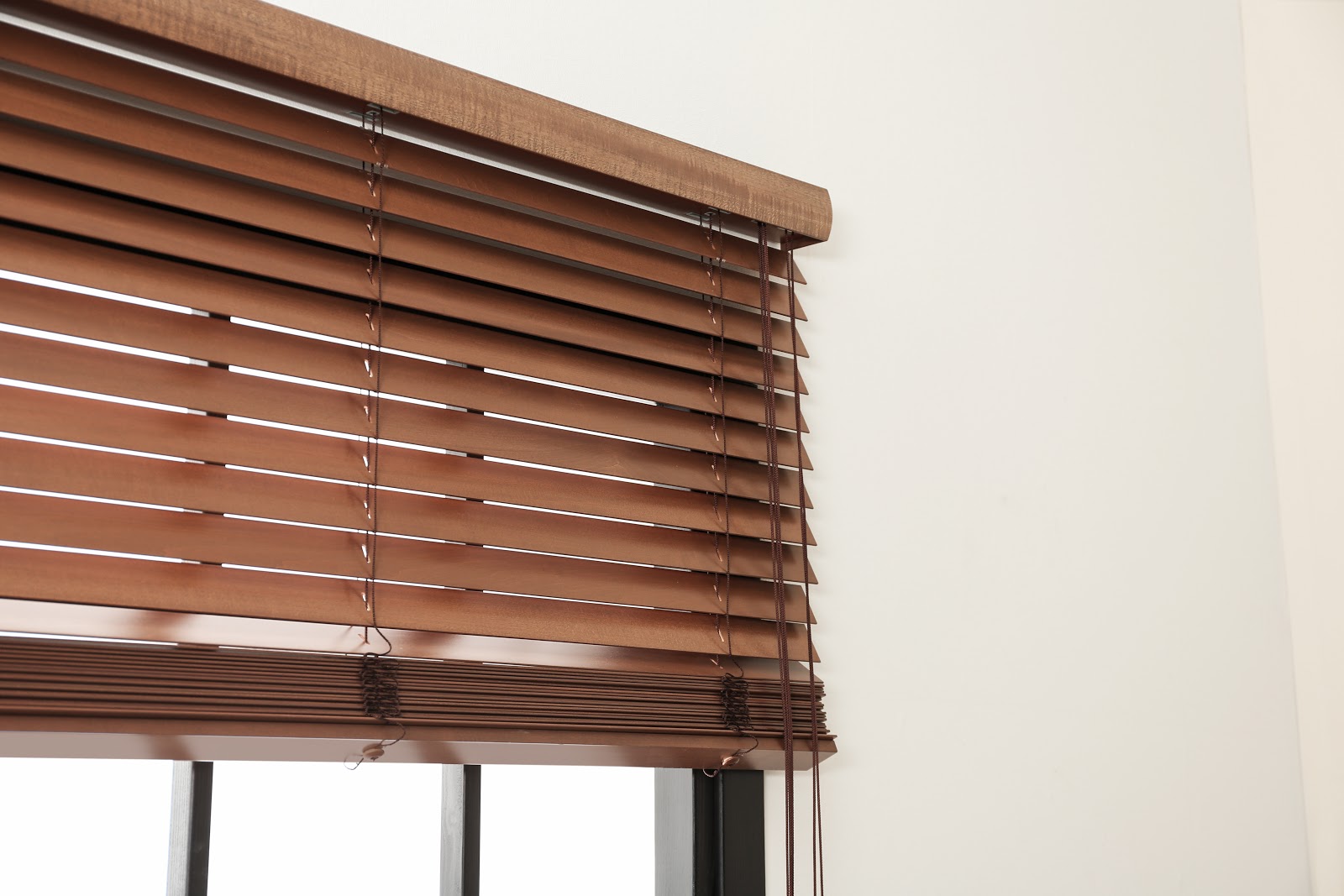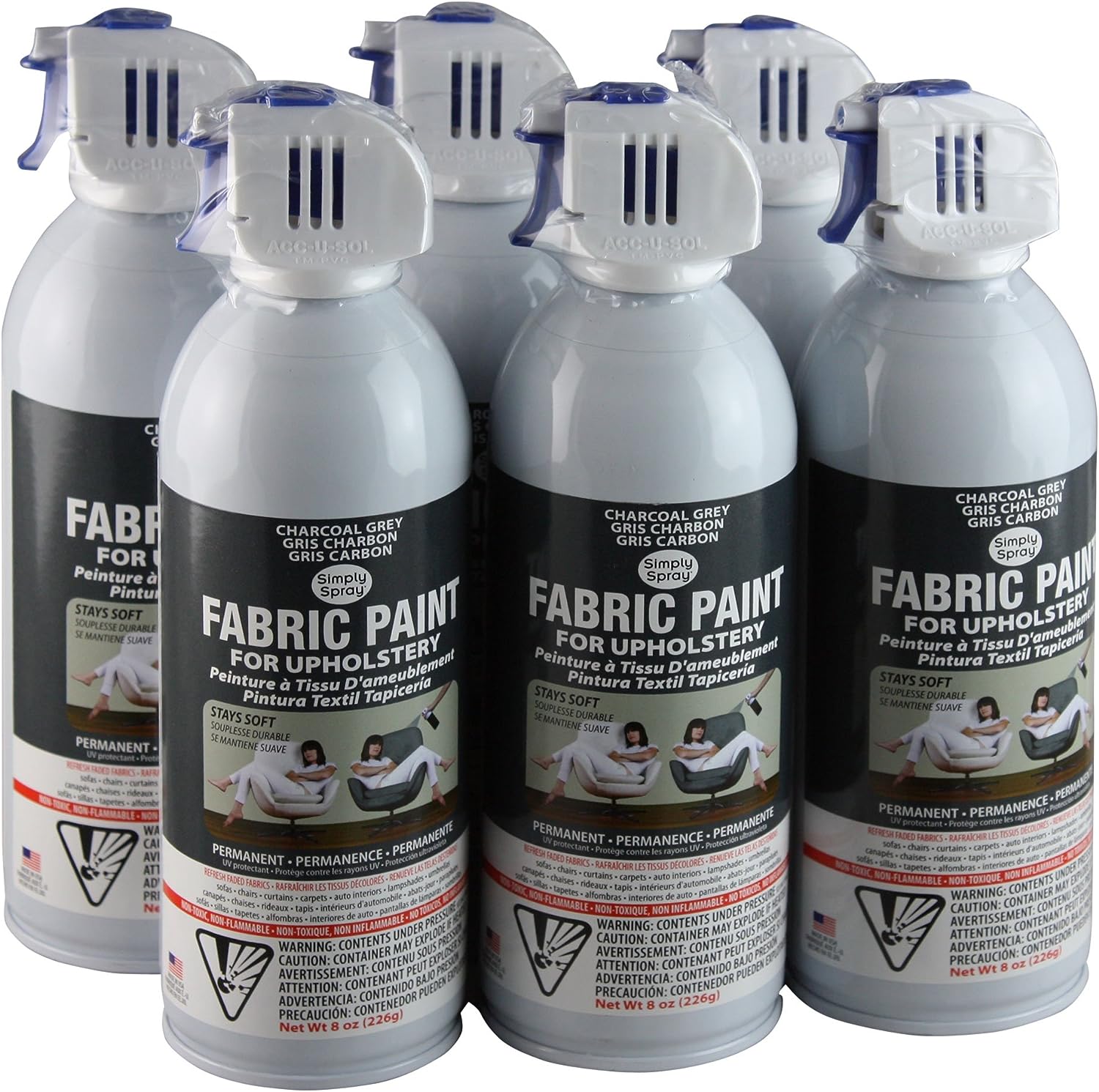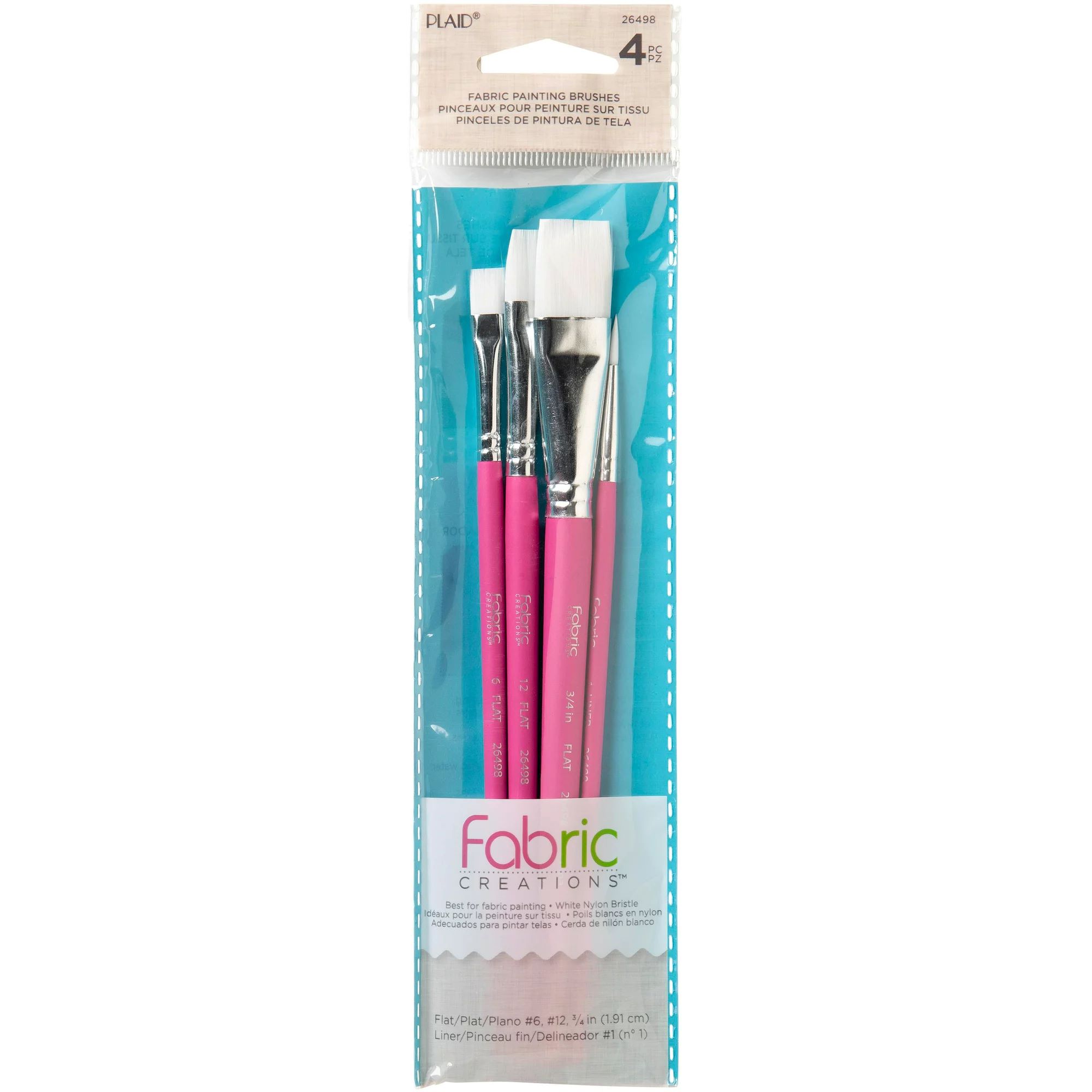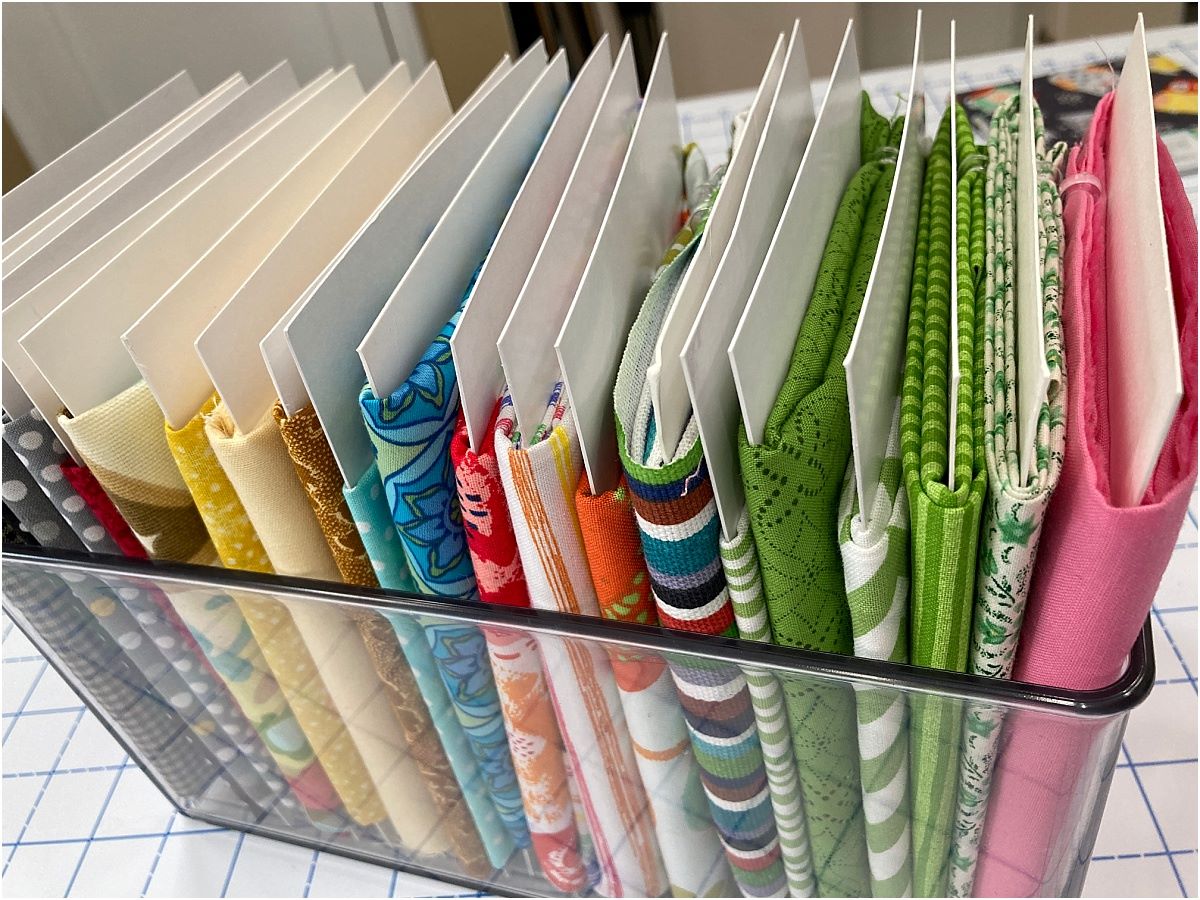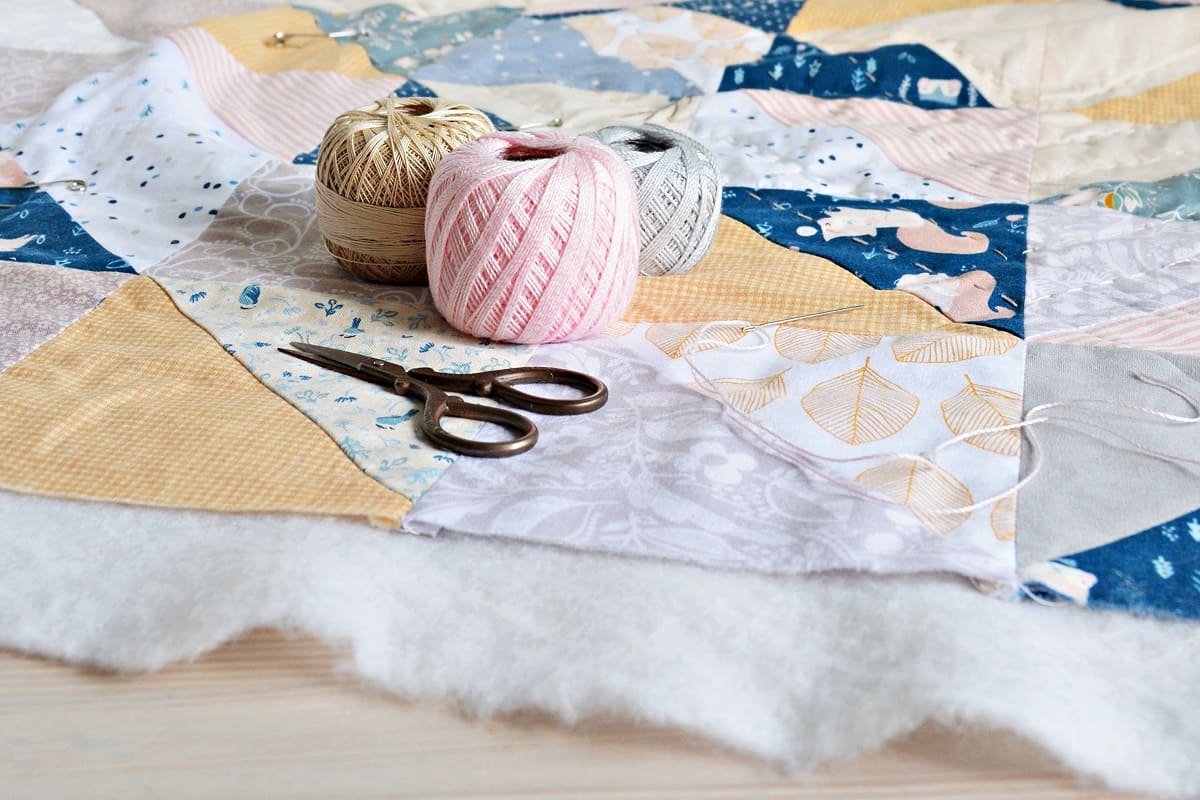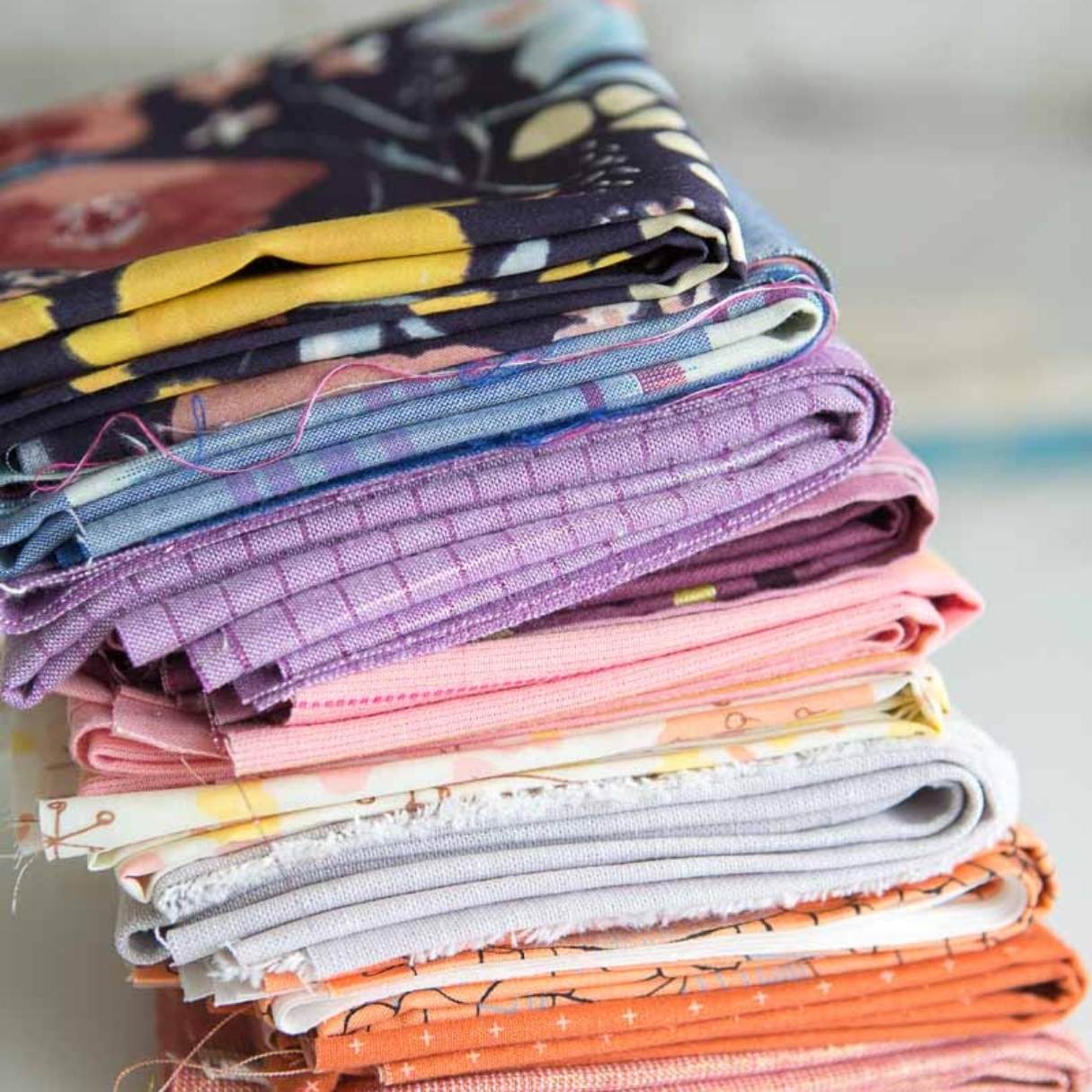

Articles
How To Paint Fabric Blinds
Modified: February 23, 2024
Learn how to paint fabric blinds with our informative articles. Transform your blinds and give them a fresh new look with our step-by-step guide.
(Many of the links in this article redirect to a specific reviewed product. Your purchase of these products through affiliate links helps to generate commission for Storables.com, at no extra cost. Learn more)
Introduction
Fabric blinds can be a fantastic addition to any room, offering both style and functionality. However, over time, you may find yourself wanting to update or change the color of your blinds to match a new decor scheme. Instead of replacing them altogether, painting fabric blinds is a cost-effective and creative solution. This article will guide you through the step-by-step process of painting fabric blinds, allowing you to transform their appearance and breathe new life into your space.
Before diving into the painting process, it’s essential to gather all the necessary materials. With the right tools and techniques, you can achieve professional-looking results. So, let’s get started on this exciting DIY project!
Key Takeaways:
- Transform your space with a cost-effective and creative DIY project by painting fabric blinds. Choose the right paint, prepare the blinds, and enjoy the personalized touch they bring to your windows.
- Achieve professional-looking results by following the step-by-step process of painting fabric blinds. Protect the area, apply the paint carefully, and allow for proper drying and sealing to refresh your space.
Read more: How To Clean Fabric Blinds
Materials Needed
Before you start painting your fabric blinds, it’s important to gather all the necessary materials. Having everything prepared in advance will make the process much smoother. Here’s a list of the materials you’ll need:
- Drop cloth or old newspapers
- Painter’s tape
- Plastic sheeting
- Sandpaper (fine-grit)
- Water-based fabric paint
- Paintbrushes or foam rollers
- Paint tray
- Sealant or fabric protector
- Clean cloth
- Mild detergent
- Water
Make sure to have these materials on hand before you begin. It’s also a good idea to wear old clothes or an apron to protect your outfit from any potential paint splatters.
Step 1: Preparing the Blinds
Before you start painting your fabric blinds, it’s important to properly prepare them. This will ensure that the paint adheres well and the end result is smooth and even. Here’s how to prepare your blinds:
- Remove the blinds from the window: Take down the blinds and lay them flat on a clean, flat surface such as a table or the floor. This will make it easier to work on them.
- Clean the blinds: Use a clean cloth dampened with mild detergent and water to gently clean the blinds. This will remove any dirt, dust, or grime that may prevent the paint from sticking properly.
- Sand the blinds (optional): If your blinds have a glossy or shiny finish, you may need to lightly sand them using fine-grit sandpaper. This will create a rougher surface for the paint to adhere to. Be careful not to sand too much, as you don’t want to damage the fabric.
Once you have finished preparing your blinds, ensure they are completely dry before moving on to the next step. This will help the paint adhere better and prevent any unwanted streaking or smudging.
Step 2: Protecting the Area
When painting fabric blinds, it’s important to protect the surrounding area to avoid any accidental spills or splatters. Here’s how to protect the area:
- Lay down a drop cloth or old newspapers: Place a drop cloth or spread out old newspapers on the floor or surface where you’ll be painting. This will catch any paint drips or spills and prevent them from staining or damaging the area.
- Secure the blinds with painter’s tape: Use painter’s tape to secure the edges of the blinds, protecting any parts you don’t want to paint. Ensure the tape is firmly pressed down to create a clean edge and prevent bleeding.
- Cover nearby furniture or objects: If there are any nearby furniture pieces or objects that could accidentally get painted, cover them with plastic sheeting. This will provide an extra layer of protection.
By taking these precautions, you can focus on painting your fabric blinds without worrying about damaging your surroundings. These simple steps will help keep your workspace clean and minimize clean-up after the painting process is complete.
When painting fabric blinds, make sure to use fabric paint or a fabric medium mixed with acrylic paint to ensure the color adheres properly and doesn’t crack or peel. Also, consider using a spray paint for a more even application.
Step 3: Choosing the Right Paint
Choosing the right paint is crucial to achieving a successful outcome when painting fabric blinds. You’ll want a paint that is specifically designed for fabric and has good durability and colorfastness. Here are some factors to consider when selecting the right paint:
- Water-based fabric paint: Opt for water-based fabric paint, as it is easier to work with and clean up compared to oil-based paints. Ensure that the paint is labeled specifically for use on fabric.
- Color and finish: Consider the color and finish you want for your blinds. Fabric paint comes in a wide range of colors and finishes, such as matte, satin, or metallic. Choose a color that complements your existing decor and a finish that matches your desired aesthetic.
- Paint consistency: Look for a paint that has a smooth and even consistency. It should not be too thick or too thin, as this can affect the application and coverage.
- Drying time: Check the drying time mentioned on the paint label. This will give you an idea of how long you’ll have to wait before applying any additional coats or handling the blinds.
Take your time to browse different options and read reviews to ensure you choose a high-quality fabric paint that will provide long-lasting results.
Once you’ve selected the right paint, you’re ready to move on to the next step – applying the paint to your fabric blinds.
Read more: How To Paint Fabric Furniture
Step 4: Applying the Paint
Now that you have prepared your fabric blinds and chosen the right paint, it’s time to apply the paint and transform their appearance. Follow these steps to ensure a smooth and even application:
- Stir the paint: Before starting, thoroughly stir the fabric paint to ensure that the color and consistency are well mixed.
- Test on a small area: If you’re unsure about the color or the way the paint will adhere to your fabric blinds, it’s a good idea to do a small test patch on an inconspicuous area. This will allow you to gauge the color and texture before proceeding with the entire blind.
- Start painting: Using a paintbrush or foam roller, start applying the paint to the fabric blinds. Begin with light strokes in one direction, ensuring even coverage. If needed, go over the area again to achieve a more opaque finish.
- Work in sections: If you have large fabric blinds, it’s best to work in smaller sections to ensure that the paint doesn’t dry before you finish applying it. This will help you maintain a consistent color and texture throughout.
- Allow drying time: Follow the drying time mentioned on the paint label. Avoid touching or moving the blinds until they are completely dry to prevent any smudging or disruption of the paint.
- Apply additional coats (if necessary): If you want a more vibrant or opaque color, you can apply additional coats of paint after the first coat has dried. Just make sure to follow the recommended drying time between each coat.
Remember to take breaks if needed and maintain a steady hand while painting. This will help you achieve a professional-looking finish on your fabric blinds.
Step 5: Drying and Sealing the Blinds
After applying the paint to your fabric blinds, it’s important to allow them to dry completely before moving or rehanging them. Additionally, sealing the paint will help protect it from fading or getting damaged over time. Follow these steps to ensure proper drying and sealing:
- Leave the blinds to dry: Check the drying time mentioned on the fabric paint label and allow the blinds to dry for the recommended period. This will give the paint enough time to fully dry and set.
- Handle with care: Once the blinds are dry, gently remove any painter’s tape or protective covering without disturbing the paint. Be careful not to scratch or smudge the newly painted surface.
- Apply a fabric sealant or protector: To enhance the durability of the paint and provide added protection, consider applying a fabric sealant or protector. Follow the instructions on the product label and ensure proper ventilation during application.
- Let the blinds cure (optional): Some fabric paints recommend allowing the blinds to cure for a specific period before using them. This step may involve leaving the blinds untouched for 24-48 hours to allow the paint to fully cure and become more resistant to wear and tear.
Once the blinds have dried and any optional curing time has passed, you can rehang them in your desired location. Enjoy your newly transformed fabric blinds and admire the personalized touch they bring to your space.
Conclusion
Painting fabric blinds is a creative and cost-effective way to update the look of your space. By following the step-by-step process outlined in this article, you can achieve beautiful, custom-colored blinds that perfectly complement your decor. Remember to prepare the blinds properly, protect the surrounding area, choose the right paint, apply it carefully, and allow for drying and sealing.
Throughout the process, take your time, be patient, and enjoy the creative journey. Painting fabric blinds allows you to add your personal touch and transform the appearance of your windows without replacing the blinds entirely. Whether you’re looking to create a bold statement or subtly blend the blinds with your existing color scheme, the possibilities are endless.
Remember to gather all the necessary materials before starting and select a high-quality fabric paint designed specifically for the task. Test the paint on a small area before committing to the entire blind, and work in sections to ensure even coverage. Don’t forget to allow the blinds to dry fully and consider applying a fabric sealant or protector for added durability.
With the right techniques and a bit of creativity, painting fabric blinds can be a rewarding DIY project that allows you to express your personal style and refresh the look of your home or office. So, grab your paintbrush and get ready to transform your blinds into stunning pieces of functional art!
Frequently Asked Questions about How To Paint Fabric Blinds
Was this page helpful?
At Storables.com, we guarantee accurate and reliable information. Our content, validated by Expert Board Contributors, is crafted following stringent Editorial Policies. We're committed to providing you with well-researched, expert-backed insights for all your informational needs.
